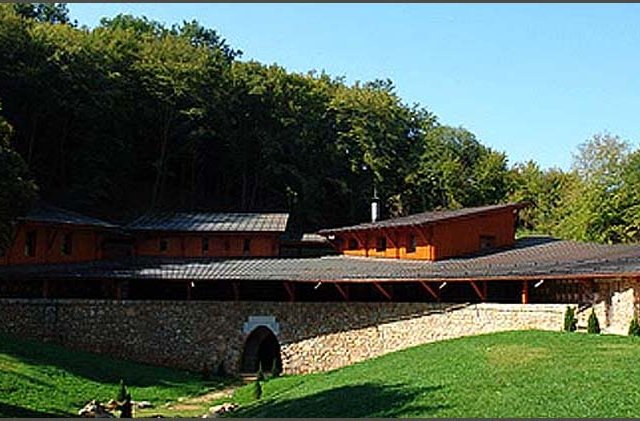 The UNESCO World Heritage Convention was ratified in 1972, and since then has become one of the most important elements and tools available to ensure the protection of vital natural and cultural values worldwide. Hungary became a signatory in 1985, and so far has eight sites listed. The karst cavern systems of Aggtelek in Hungary and across the border in Slovakia were awarded protected status in 1995. Until 1995, only two of the many amazing caves around the world were listed as World Heritage sites.These caves were the Mammoth Cave (Kentucky, USA), the world's largest network of natural caves at 570 km; and the Skocjani Cave (Slovenia), home of the world's longest underground riverbed. The unique, complex, diverse and relatively untouched Aggtelek-Slovak karst cave system is deserving of its status.
The UNESCO World Heritage Convention was ratified in 1972, and since then has become one of the most important elements and tools available to ensure the protection of vital natural and cultural values worldwide. Hungary became a signatory in 1985, and so far has eight sites listed. The karst cavern systems of Aggtelek in Hungary and across the border in Slovakia were awarded protected status in 1995. Until 1995, only two of the many amazing caves around the world were listed as World Heritage sites.These caves were the Mammoth Cave (Kentucky, USA), the world's largest network of natural caves at 570 km; and the Skocjani Cave (Slovenia), home of the world's longest underground riverbed. The unique, complex, diverse and relatively untouched Aggtelek-Slovak karst cave system is deserving of its status.
The geographically connected Aggtelek and Slovak karst consists of 1200 known caves, of which 280 open on the Hungarian side. These caves formed approximately 2 million years ago within the 220-240 million year old Middle Triassic limestone. Most of the formations were created through the processes of flowing water, as streams acted as solvents and abrasives on the limestone. In addition, both infiltrating surface water from above and lukewarm water seeping from below acted upon the stone to form caves (both independent and shafts). The calcium-rich dripping water generated by the precipitation created different sized and coloured stalagmites and stalagtites, flags, drains and other karst structures as well as geologic gems such as pea-shaped clusters and decorated calcite plates.
.jpg)
Archaeological excavations have unearthed innumerable pieces of evidence that the caves were known to prehistoric peoples. In fact, they were used as living quarters. The many thousands of finds offer incontrovertible proof that the caves were occupied during the Neolithic Age, that is 6000-7000 years ago. Tools made from animal bone and stone have been discovered belonging to the so-called "Bükk Linear Pottery Culture." However, gold jewellry and weapons have also been identified from the Early Iron Age.
The Aggtelek and Slovak karst caverns comprise a unique ecosystem. Guardianship of this area provides protection for the habitats of over 500 troglodyte and other cave-dwelling species. Some species are completely endemic, that is, they are only found or were first described here. In fact, of the 28 species of European bats, 21 can be found here (2 of which are on the endangered species list).
For more information: Hungarian World Heritage Secretariat



